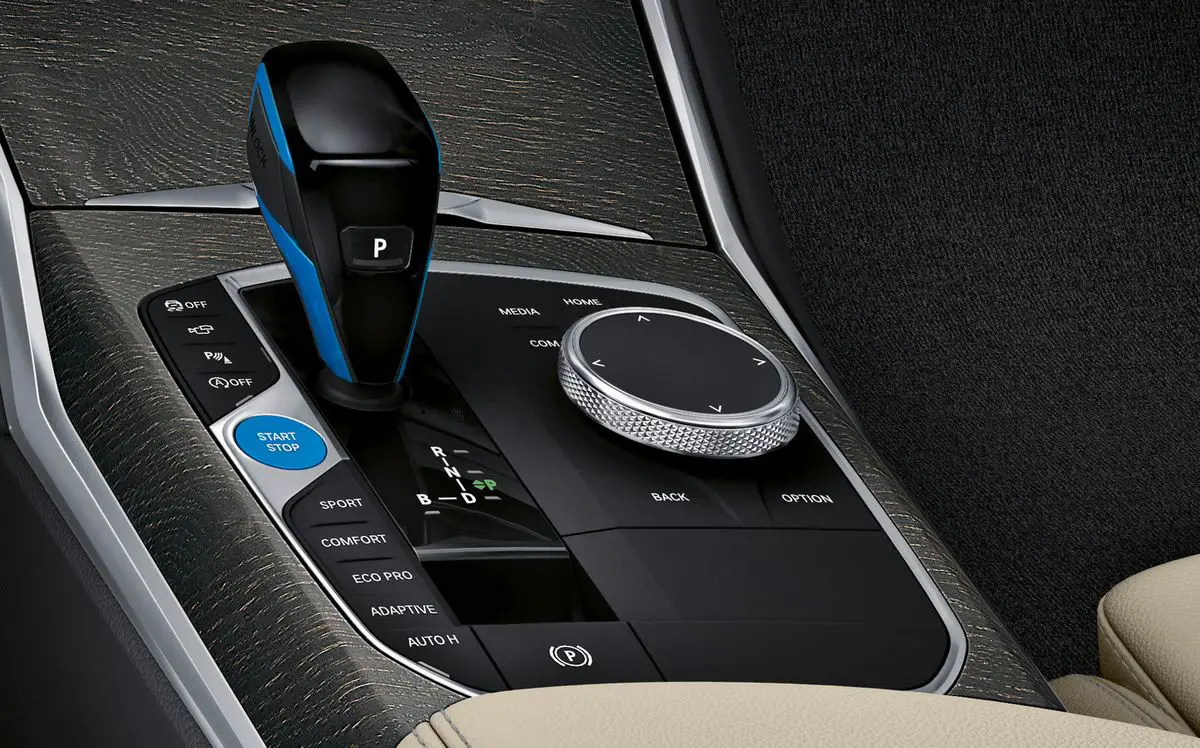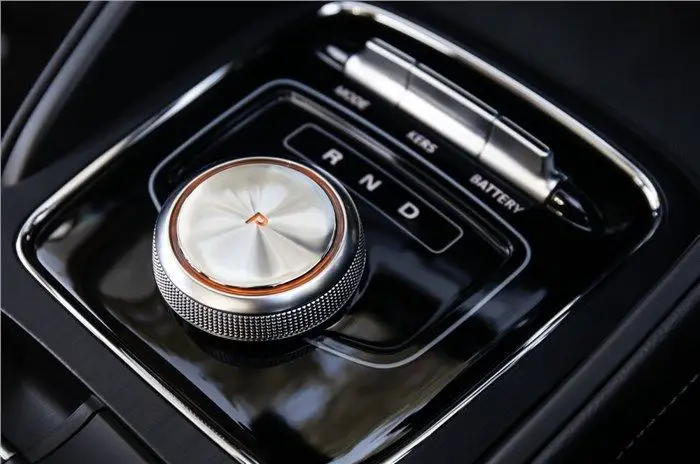Do electric cars have gears?
Electric vehicles do not gears. Unlike a traditional Internal Combustion Engine (ICE) vehicle, electric cars have a single-gear system. Meaning they always have an automatic transmission, so you don't have to worry about any gear changes.


Electric vehicles do not gears. Unlike a traditional Internal Combustion Engine (ICE) vehicle, electric cars have a single-gear system. Meaning they always have an automatic transmission, so you don't have to worry about any gear changes.
EVs only require one gear and can provide instant acceleration response from pressing the pedal, without needing to wait for the transmission and engine to react.
Electric cars also have a transmission, but they typically only have one gear. This lets the electric motor run at a single speed, which is much more efficient than a multi-speed transmission. An electric car increases in speed directly in line with how fast the motor is spinning, whereas a gearbox in a petrol car only will allow the engine to reach different speeds depending on the gear it’s in.
Electric car drivers don’t need to worry about shifting gears in an electric car. And there’s no clutch in an EV, only a brake and accelerator pedal - having fewer pedals means there’s less that can go wrong. In lots of electric cars, the driver may be able to choose different modes that optimise performance or efficiency. Eco, comfort and sports modes are the norm across the board, with performance cars often having a Sports Plus option.
Meanwhile, some high-performance EV models such as the related Porsche Taycan and Audi E-Tron GT sports sedans employ a two-speed transmission for even faster acceleration from a standstill on a short first gear ratio, while ensuring better efficiency and more power at high speeds on a long second gear.
However, Tesla and Mercedes-AMG EVs, and the new Kia EV6 GT have proven that having more than one gear isn’t essential to rapidly reach high speeds. For driving enthusiasts who lament the loss of the feeling of traditional gears, Lexus and Hyundai’s N division are developing technologies that mimic the feeling of traditional manual or dual-clutch transmissions respectively for their EVs.
Ultimately, the simplicity and flexibility of electric drivetrains theoretically means better reliability and reduced maintenance in the long-run, with only one or two gears and instant acceleration response to make driving more comfortable, seamless and easier.
Overall, an EV is much more like an automatic car than a manual one. There are some key differences under the hood, but they’re similar to drive. Selecting between forward, reverse and park is typically done with a simple lever, switch or button and the different modes are typically chosen through a control panel or touchscreen. This makes the feel of driving an EV very similar to an automatic car.
As an electric motor has a much larger operating window, they don't need the same complicated system to transfer the power to the wheels. This provides a number of advantages, including:
- Improved efficiency: The motor controller can optimise the flow of electricity to the motor for maximum efficiency, which gives the driver better range and performance. On the other hand, manual gearboxes are less efficient, as they typically waste some energy during the shifting process and rely on the driver to select the correct gear for the current driving conditions
- Simplified design: Electric cars don't need a complex gearbox with multiple gears. This makes them simpler to design, build, and maintain
- Smooth acceleration: Since there are no gears to shift, electric cars can accelerate smoothly and silently from a stop. This makes driving an electric car a relaxing, enjoyable and stress-free experience
- Fewer moving parts: Because there's only one gear, electric cars have fewer moving parts, which reduces the risk of mechanical issues and makes them simpler to maintain. And even if they do need some expert care, we cover repairs and servicing with our electric car personal lease.
Source :




